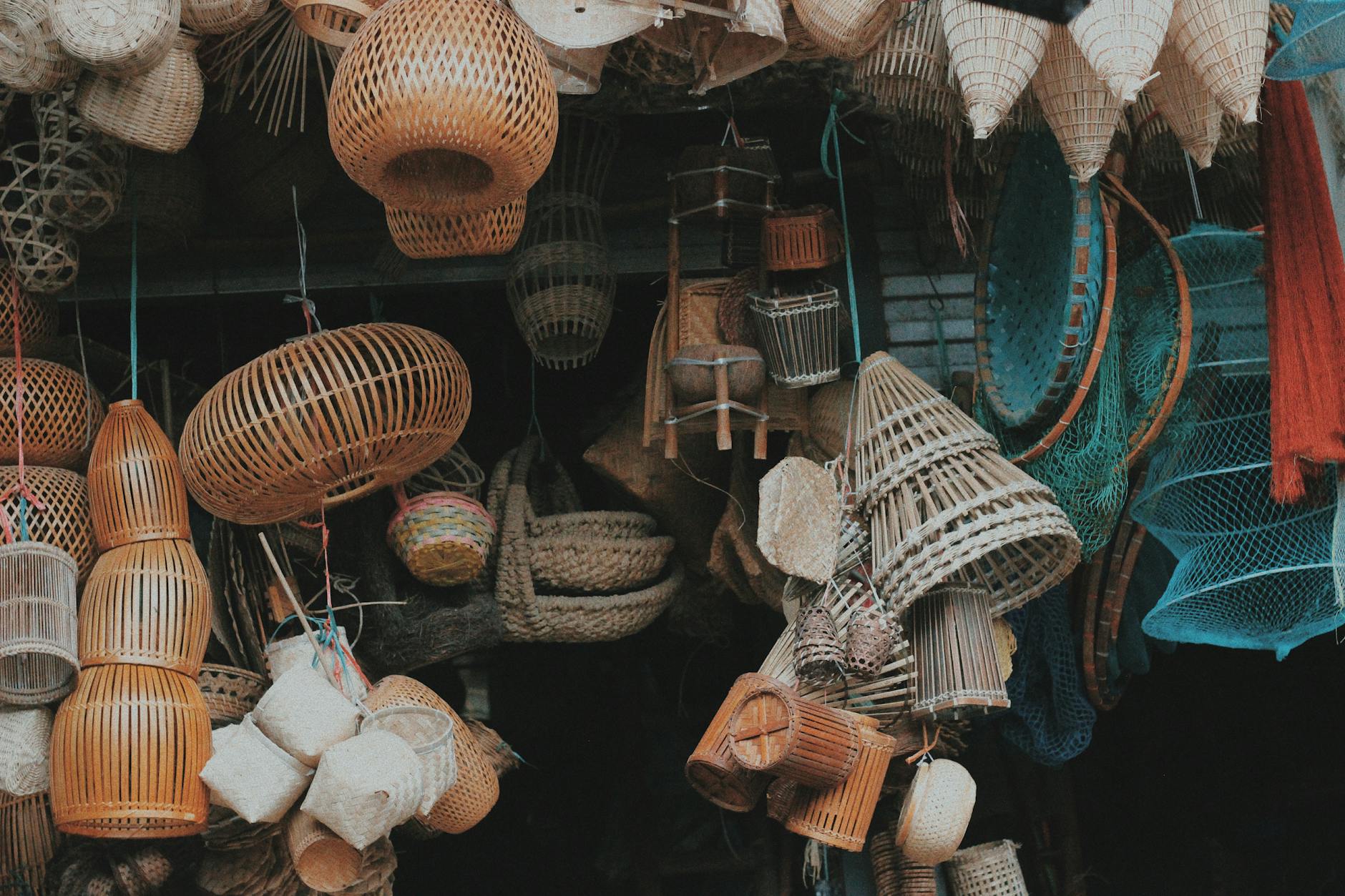Upcycling Secrets: Transform Everyday Products with Sustainable Materials
In today’s world, where sustainability and eco-consciousness are at the forefront of consumer and business practices, upcycling has become a popular trend. Upcycling is the process of transforming old or discarded materials into something new and of higher value. By creatively repurposing everyday products with sustainable materials, individuals can reduce waste, conserve resources, and make a positive impact on the environment. This article explores the secrets of upcycling and how you can unleash your creativity to turn ordinary items into extraordinary creations.
The Art of Upcycling: A Sustainable Practice
Upcycling is more than just a hobby – it is a sustainable practice that promotes creativity, resourcefulness, and environmental responsibility. By reimagining the potential of used or unwanted items, upcyclers can divert waste from landfills and give new life to materials that would otherwise be discarded. Upcycling encourages us to think outside the box, experiment with different materials, and challenge ourselves to create innovative solutions to everyday problems.
Finding Inspiration in Everyday Objects
One of the key secrets to successful upcycling is finding inspiration in everyday objects. Look around your home or workspace for items that are no longer in use or are destined for the trash. Old clothing, furniture, jars, bottles, and packaging materials can all be upcycled into new and unique creations. By observing the potential of these items and envisioning how they can be transformed, you can unlock a world of possibilities for upcycling projects.
Sustainable Materials for Upcycling Projects
When upcycling everyday products, choosing sustainable materials is essential to ensure that your creations have a minimal impact on the environment. Opt for materials that are natural, biodegradable, or easily recyclable. Some popular sustainable materials for upcycling projects include reclaimed wood, fabric scraps, glass bottles, and metal cans. By using these materials creatively, you can add character and uniqueness to your upcycled creations while minimizing your carbon footprint.
Upcycling Techniques for Beginners
If you’re new to upcycling, there are several techniques you can explore to get started on your sustainable crafting journey. Decoupage, painting, stenciling, and reshaping are all common methods used in upcycling projects. These techniques allow you to personalize and transform ordinary items into one-of-a-kind pieces that reflect your style and creativity. Experiment with different techniques to discover what works best for your upcycling projects and don’t be afraid to make mistakes – part of the beauty of upcycling is the freedom to try new things and learn along the way.
The Impact of Upcycling on the Environment
Upcycling not only offers creative benefits but also has a positive impact on the environment. By upcycling everyday products with sustainable materials, you can help reduce the demand for new raw materials, lower energy consumption, and decrease greenhouse gas emissions. Upcycling also contributes to waste reduction, as it keeps items out of landfills and extends their useful life through creative reuse. By incorporating upcycled items into your lifestyle, you can support sustainability efforts and inspire others to embrace eco-friendly practices.
Embracing the Upcycling Lifestyle
In conclusion, upcycling is a sustainable and rewarding practice that empowers individuals to transform everyday products with sustainable materials. By tapping into your creativity, resourcefulness, and environmental awareness, you can unleash the full potential of upcycling and make a positive impact on the world around you. Whether you’re a seasoned upcycler or just starting out on your journey, there are endless possibilities waiting to be explored in the world of upcycling. So gather your materials, get inspired, and start upcycling your way to a more sustainable future.




